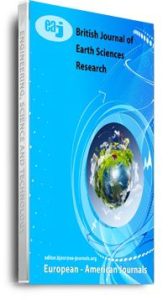This paper investigates the relationship between total ozone concentration (TOC) and severe geomagnetic storm index (peak DST ≤ −100 nT) over Lagos (Geographic: 6.50N, 3.40E; dip: 6.90S), Nigeria, from 1997 to 2005. Analyses show that there is a significant and persistent response of total column ozone to severe geomagnetic storms. Severe geomagnetic storms can cause ozone concentration depletions or enhancements by amounts that could be up to 3 DU in the equatorial region. Positive variations of total column ozone occurred only in wet season, and under high solar activity maximum/East phase Quasi Biennial Oscillation (QBO) conditions. Furthermore, it was observed that the minimal variation of total column ozone response to major geomagnetic storms appears to be caused by changes in QBO, which is an important component of atmospheric dynamics in the equatorial stratospheric region. Invariably, this shows that changes of circulation pattern agree qualitatively with changes in total column ozone. Also, the seasonal variation of ozone (O3) column in the equatorial latitude (Lagos) followed a definite pattern, indicating maximum amplitude between July and September and minimum amplitude between December and February.
Keywords: DST, QBO, Severe geomagnetic storm, Solar Activity, column ozone

